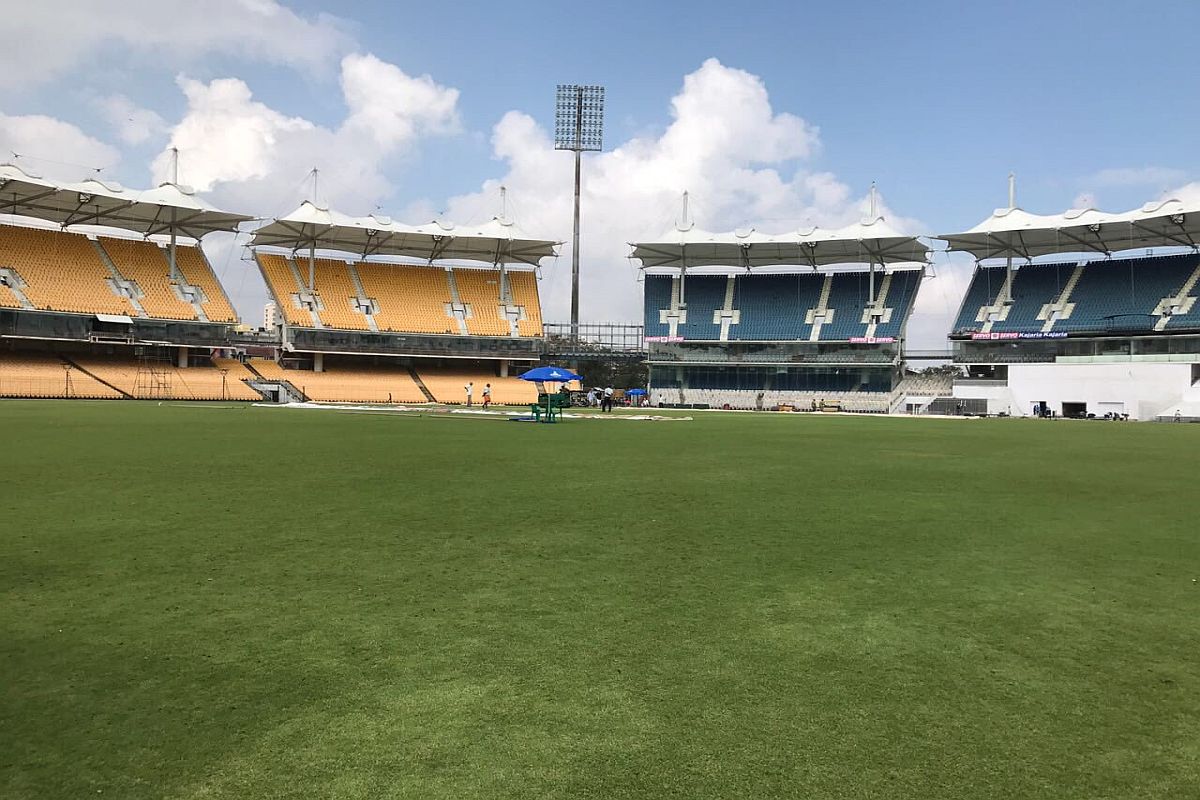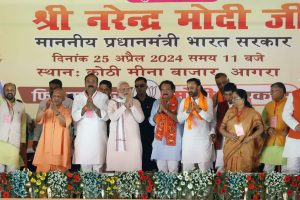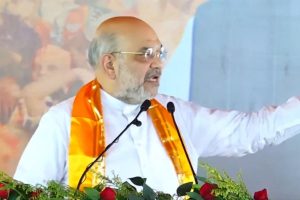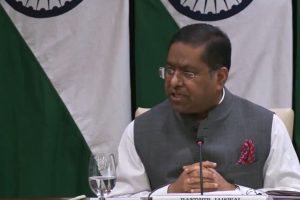In the midst of the Australian Open in February, the state of Victoria was compelled to impose a snap lockdown. After covering the first few days from the stands and then watching the matches on television during the ‘snap lockdown’, Matthew Futterman of The New York Times wrote a piece titled ‘Trust me, sports without fans is not sports’. It’s not that other stakeholders don’t understand that. In fact, while announcing the lockdown, Victoria’s Premier Daniel Andrews said: “…sporting events will function as a workplace but not for entertainment because there will be no crowds.”
Isn’t the roar of the crowd as vital to sports as a ball or a bat? Undoubtedly, sports cannot be the same amid eerily quiet and ghostly empty stands. Artificial crowd noise or cardboard cutouts of fans in the stands were used in sports events such as the Major League Baseball, the NFL, the NBA and the NHL to recreate the feeling of packed stadiums, but it was like playing a video game!
Audience participation is believed to be a powerful impetus for athletic performance. This is conceptualised within the theory of ‘social facilitation’ – a term coined by American psychologist Floyd Alport in 1924 – defined at the intersection of athlete and audience. Its cognitive mechanisms are studied by various researchers. The presence of coactors/audience was shown to improve the quality of performance in John Dashiell’s 1935 book. Robert Zajonc’s seminal paper (1965), however, remains the single most critical factor in the development of ‘social facilitation’, which “examines the consequences upon behavior that derive from the sheer presence of other individuals”.
Advertisement
Zajonc’s model describes the ‘audience effects’, where the mere presence of passive audience has the effect of increasing (drive) in performance. The increased arousal may prompt the skilled performer to utilise peripheral cues that may be necessary to solve complex tasks. Even hostile crowds might help champions to excel. “No crowd there to egg me on,” Australian batsman Steve Smith said about playing in front of empty stadiums in England during the pandemic.
Games without spectators became the only viable option in the pandemic-hit world. But, didn’t we, the fans, believe that connecting with the spectators is the magic that the athletes primarily play for? Well, even Tiger Woods has conceded it’s difficult to play with the same intensity without fans in attendance. “Having a game without fans is just – what is the word ‘sport’ without ‘fan’?” LeBron James, American professional basketball player for the Los Angeles Lakers, asked.
But, how was ‘sport’ without ‘fan’ in reality? In an article published in ‘PLOS ONE’, Daniel Memmert of the German Sport University Cologne, and his colleagues used data on the outcomes of more than 36,000 games played under normal circumstances from 2010-11 to the start of the pandemic, and also 1,006 games played without onlookers in 2020, in 10 professional soccer leagues across six countries – Spain, England, Italy, Germany, Portugal and Turkey. They observed a small but statistically insignificant drop in the home advantage. While the proportion of wins, draws and losses was, on average, 45, 27 and 28 per cent, respectively, prior to the pandemic, home teams won, drew and lost 43, 25 and 32 per cent of the time, respectively, during the pandemic, without spectators. Interestingly, however, amid empty stands, referees were less likely to penalize visiting teams by yellow or red cards. Also, as measured by the number of direct attempts to score a goal, the home teams had less match dominance.
However, in an article available at https://psyarxiv.com, Dane McCarrick of the University of Leeds, who is also a professional soccer referee, and his colleagues examined games played in 15 European soccer leagues spanning 11 different countries during the 2019-20 season; 6,976 games in the presence of audiences and 2,552 in the Covid period without audiences. They observed that teams won on average 0.39 points per game more at home than away in the preCovid era, but the teams won only 0.22 points more at home than away in the Covid period. And the home teams scored on average 0.29 goals more per game than away teams in normal circumstances, while it was only 0.15 goals more than the visitors when the audience was absent.
McCarrick’s study might give us some mental comfort, at least. Well, Virat Kohli was doubtful whether the magic of playing with a packed crowd watching can be re-created when cricket is played in empty stadiums. He thought that while games would still be competitive, the energy players feed off supporters in the ground would be lost. Still India had a lightning series with England, and the glitter of IPL is very much on. After all, the players are professionals working in their workplaces. “We’ve got to be self-motivated in this environment,” American basketball star and Portland Trail Blazers forward Carmelo Anthony said.
The broader question is: have sports learned to survive without connecting with the audience? Will the importance of a home crowd largely diminish in the post-pandemic world? Will the dynamics of sports be redefined? Matthew Futterman, however, dreaded the largely empty version of sports that the pandemic has wrought, and concluded in a harsh note: “All those star athletes who have always insisted they are so locked in that they do not hear the crowd? Well, it seems pretty clear they have been lying.” Really? Is professionalism then exulting over passion? Is that the new paradigm – a contribution of the pandemic itself? Or, had the change already happened earlier that we couldn’t realise? The pandemic might have helped us to understand a harsh reality.
Advertisement











